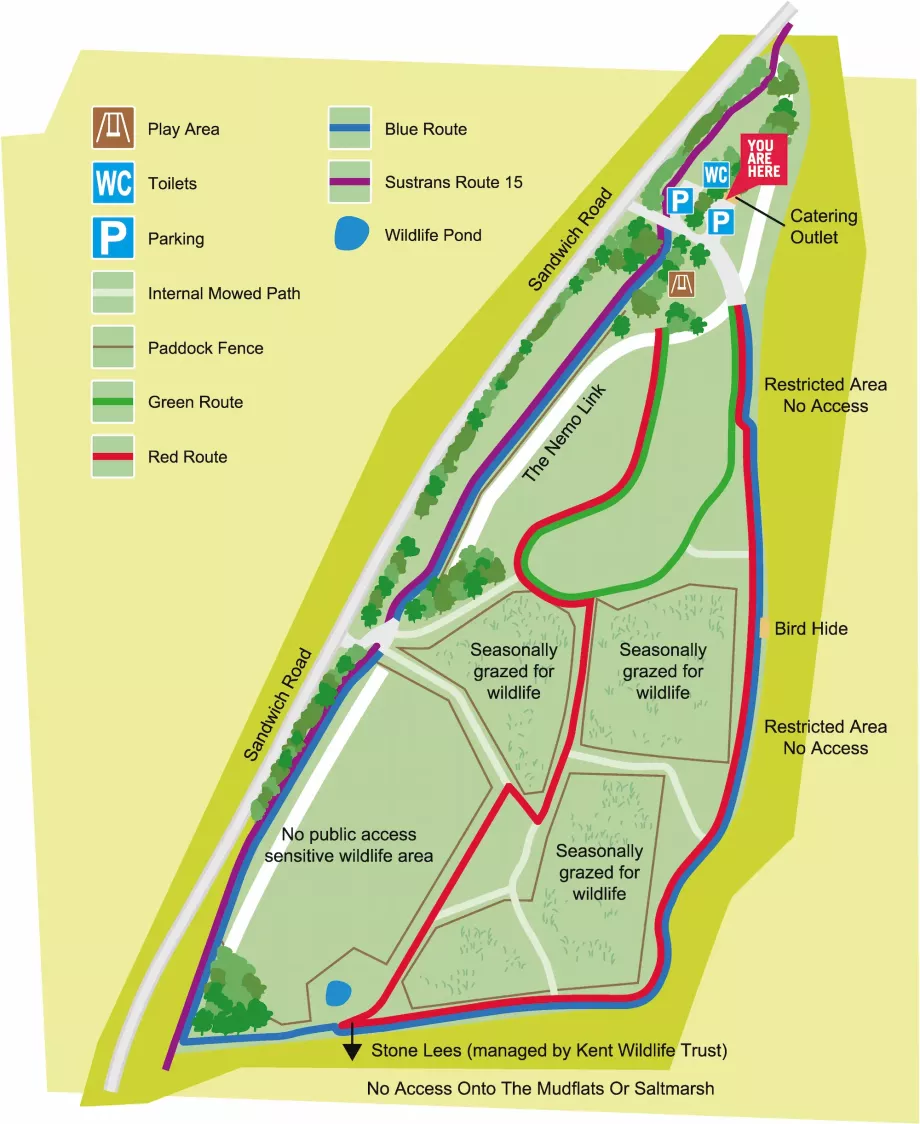
Looking for a full map of the entire site (not just this trail)?
See below for a map of the QR code trail at Pegwell Bay, an internationally important nature reserve with lots of wildlife to see and picturesque landscapes to enjoy.

Looking for a full map of the entire site (not just this trail)?